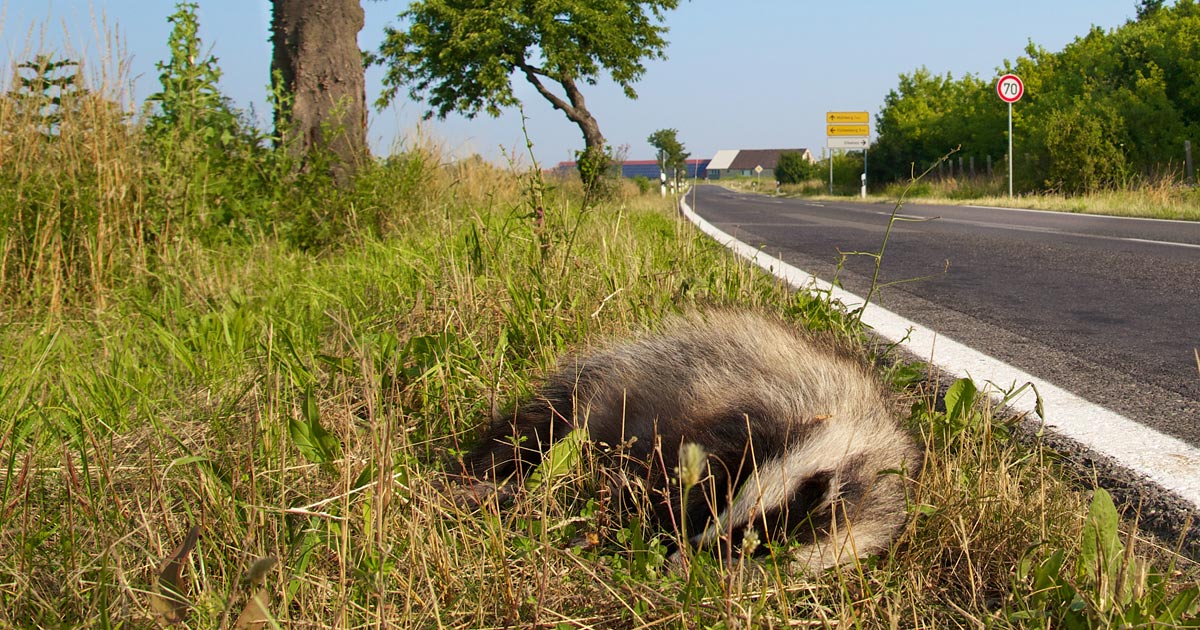Our plan is to keep 180 dairy cows and rear about 30 to 40 heifers a year to replenish the herd. It is a plan that hasn’t worked lately because we lost a big wedge of heifers to TB a couple of years ago.
This has made it impossible to maintain cow numbers at 180. We didn’t buy in any heifers because we didn’t have any spare money two years ago and we wanted to maintain our self-contained status. At the moment we are at about the 150 cow level and trying to breed our way back to 180. That‘s easier said than done, but if, for example, we were at the 180 target, those cows plus heifers would give us 200-plus calvings a year. We would retain about 35 dairy heifers and have around 160 calves to sell. Of these, around 35 would be dairy bulls and the rest beef-crosses.
The beef-cross calves are an important part of our income. Should the herd suffer a TB breakdown, this orderly life would be thrown into chaos. We are geared up to farm as I have described, but if we have to hold on to all those calves, well, we get really stretched. Of least value are the dairy bulls, and it would make economic sense to slaughter these, but we have never done this and prefer not to. However, I have taken a few very poor specimens to the hunt kennels, so, I suppose, the man at the hunt has done it on my behalf, by proxy of sorts.
I don’t dwell on the inconvenience of having all those extra calves to look after and how it stretches resources, but the one positive is, throughout a TB close-down, we can still sell our milk.
Traditional farming
Most of my neighbours and friends around here run traditional mixed farms that include sheep, beef and corn. The beef enterprise is almost always a suckler herd, it is usually self-contained and the only cattle they buy is a new bull every four or five years. In February, they sell the last of the previous year’s lambs. Springs are usually late here and the last thing you want is for 2017’s lambs to be competing for grass with 2018’s lambs.
But springtime can be expensive, there’s seed and fertiliser to buy and often rent to pay – and you need to keep cash flowing, so your thoughts turn to selling cattle, which you usually sell as stores at 12 months old.
To sell these stores you need to do a pre-movement TB test. All too often my neighbours are getting a failure at these tests. So the all-too-familiar cycle starts again. The pre-movement test failure is followed in the next two or three weeks by a whole herd test and 60 days after that by another whole herd test. The best case scenario, providing everything passes, is they will be free to sell those store cattle about 80 days after they intended to.
My neighbours and friends are pragmatic about all this, but it is a consequence that is taken a bit for granted by others in the industry. How would the average person like it if they didn’t get any wages for three months, but the weekly expenses still turned up on time? It would be a bit like being a vet and not sending any accounts out for three months, but all your inputs still had to be paid. Most people would have to seek help from the bank manager and, I suspect, that is what is happening. Not for a second am I advocating an end to pre-movement testing – if it turns up reactors, it is doing what it is intended to do.
Culling
What is terribly wrong is these beef cattle sellers are more likely to have a pre-movement test failure than they were three years ago. It is an often-used adage that “things often get worse before they get better”, but we’ve been at this for an age and are yet to see signs of progress. I read somewhere more than 40,000 cattle were culled in 2017, but if progress isn‘t made, all those cattle were a sheer waste.
It is possible a badger culling will be carried out in this county soon. All the signs were there two or three years ago, and that is when the cull should have started. Anything now is just reaction – a reaction too late.
I remember a farmer from Scotland was coming to stay with us about 10 years ago. Coincidently, I had to drive around 30 miles that day – 30 miles that would be the last part of his journey. While driving I noted six dead badgers on the road. When my friend and his wife arrived later there was no preamble. No “hello, how are you”? Instead, he said: “You’ll never guess what we’ve just seen – six dead badgers on the road. We’ve not seen a dead badger on the road in Scotland for at least 30 years.”
The lack of progress is, to a degree, driven by sentiment. What we need are hard facts, and there must be some hidden away somewhere. We need to know how much TB is in wildlife – how much TB is caused by dodgy cattle movement. All these figures probably exist somewhere. Politicians don’t want to be the bearers of bad news and who can blame them? After all, “messengers often get shot“.
All I know is my neighbours are more likely to fail a pre-movement test than they were two or three years ago and hardly any badgers exist in Scotland, where TB is not a problem. I know this is anecdotal evidence: it has no scientific basis at all, but it is all I have to go on.
